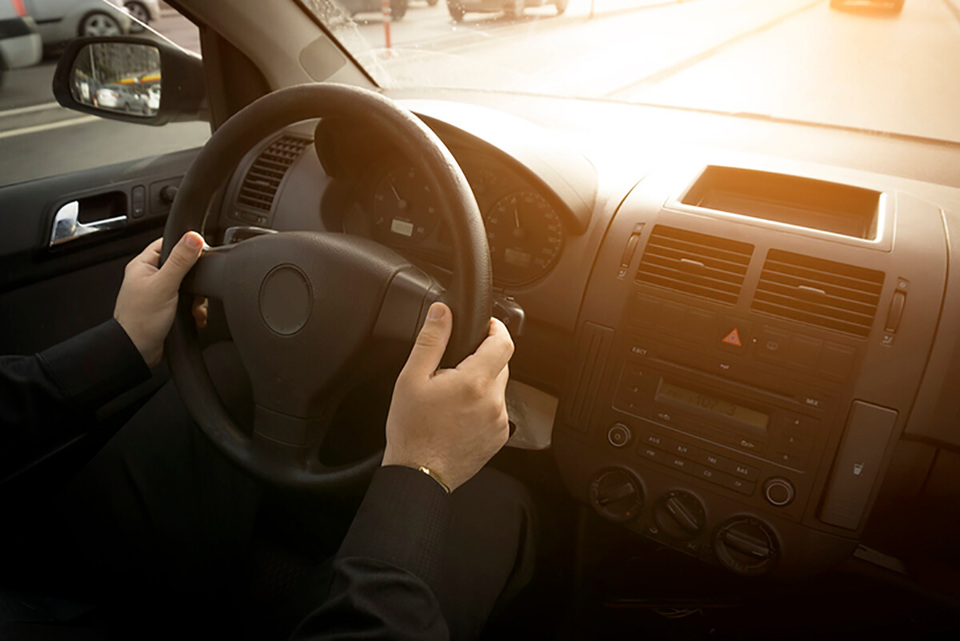Fleet managers – especially those in the public sector – are showing increasing interest in new car sharing technology that can help them cut business mileage.
Employee car sharing has been an option for many years but now technology has caught up resulting in a formalised web-based system that allows employees to match their business or commuting journeys with colleagues making similar journeys.
This system also allows employees using private cars to enter their commuting journeys to find a match.
The system is under constant development and soon business meetings can be matched through online diaries and alerts sent reminding drivers of their car sharing ‘dates’.
“We are seeing lots of interest from fleets,” said the company’s founder and managing director of Carbon Heroes, Craig Barrack. “We are already talking to lots of public sector fleets – they not only need to cut costs but they need to be seen to be reducing their carbon emissions.”
FleetLine, the small fleet brand of LeasePlan, recently introduced the new car sharing system. Carbon Heroes provides it with a branded website for all employees to log their journey details. The system will match these journeys with colleagues making similar trips and recommend car sharing.
The system also provides reporting on the CO2 savings achieved when people car share.
“We decided that as well as promoting low emission vehicles to our customers, we will do something ourselves to help reduce our own carbon footprint,” said Richard Bunn, FleetLine brand director.
“By using the Carbon Heroes we are able to provide a system whereby our employees can easily organise their travel arrangements with colleagues.”
Carbon Heroes also runs a public website, which provides the same service for private motorists. However, to overcome concerns of matching drivers with someone they do not know, the company offers closed intranet services where only colleagues from the same company can be matched.
Concerns that car sharers who ask their passengers for money may be violating their insurance by effectively becoming a taxi have been answered by the Association of British Insurers.
An ABI spokesman said provided the car sharing was done without profit and any money that changed hands was just to cover costs then it will not affect insurance cover.
However, he recommended that before car sharing motorists should inform their insurance company.
Savings on commutes
Based on a hypothetic company of 500 employees
If 150 employees of the company commute to the office on an 18-mile round trip. If they manage to, on average, leave their car behind once a week by sharing, that’s approximately 50 journeys saved over the course of a year, so 900 miles.
Using a car that emits 150g/km of CO2, as the norm, then this is a saving of 216 kg of CO2 per annum for each user. So the total across 150 employees would be 135,000 miles saved, equating to 32.4 tonnes of CO2 over the year saved in terms of commuting.
Savings on business travel
Business travel and taxi journeys are a little more difficult to quantify, as it depends upon the likelihood of sharing.
If we assume 40% of a company’s 500 employees travel on business (so a group of 200) and take one trip per month of 40 miles, where each employee could leave their car behind, that would equate to a saving of 96,000 miles over the year, and 23 tonnes of CO2.
If the company is paying grey fleet expenses of 40ppm, this generates a direct cost saving of £38,400. If they are company vehicles, the saving (using the 25ppm average cost) the saving is £24,000.
Combined savings
Combined savings across the business and commuting journeys are 55 tonnes of CO2 a year.
The total mileage saving is 241,000 miles. If a quarter of those vehicles were fleet cars, then the mileage reduction would be some 60,000. Taking 25ppm as a cost to operate these company vehicles, then the saving would be £15,000.














Login to comment
Comments
No comments have been made yet.